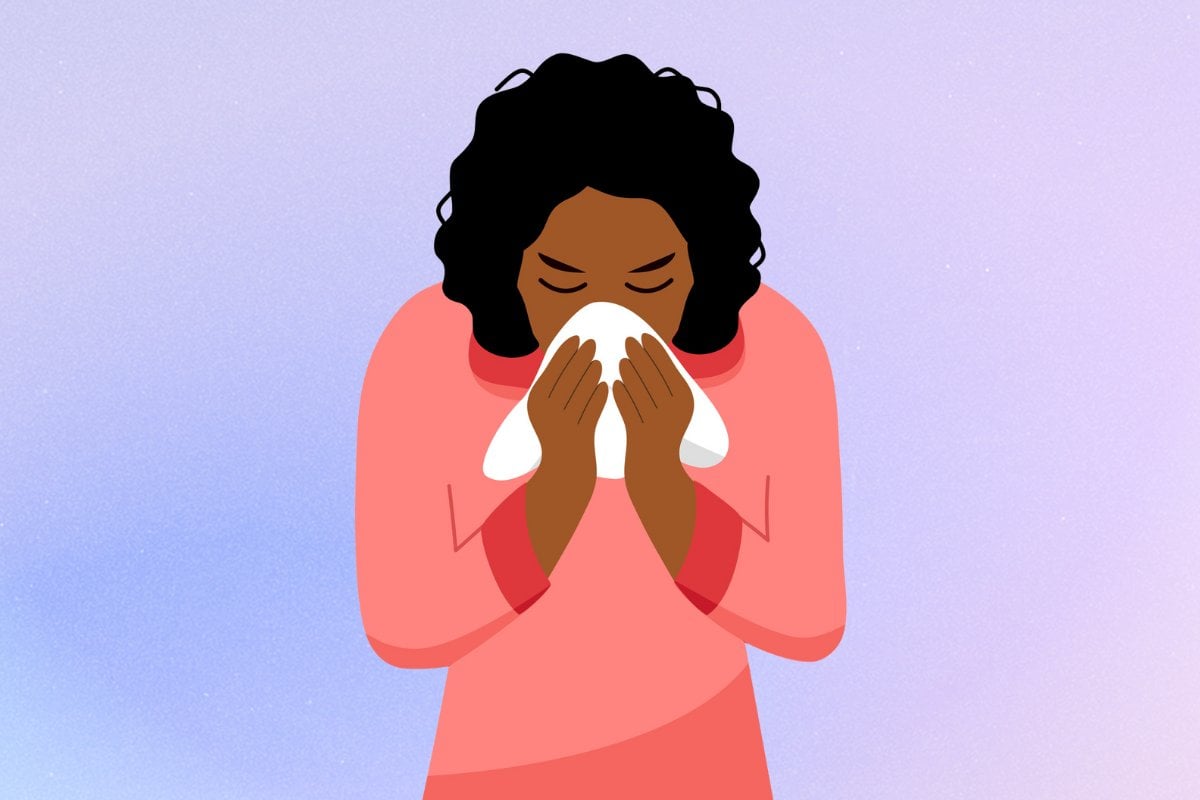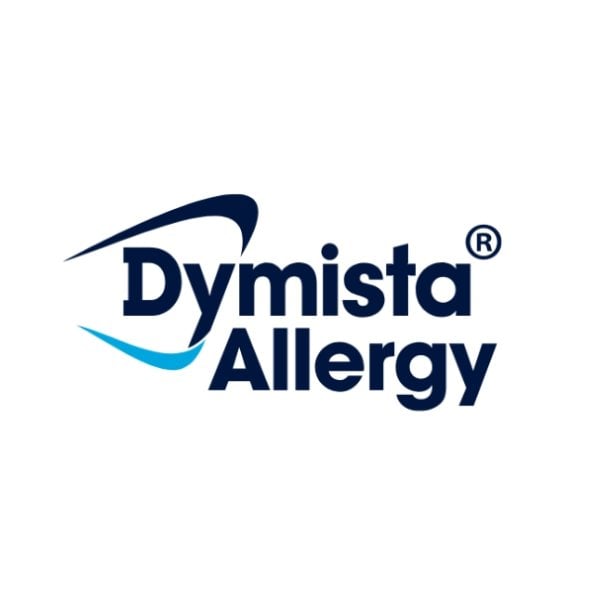

I’m frequently told how much my daughter looks like me, but my sons, not so much. However, I did pass along several other traits to my youngest son, one being my environmental allergies and resulting hayfever – the lucky boy!
Hayfever, also known as allergic rhinitis, affects millions of people worldwide and is one of the most common chronic respiratory conditions in Australia. It's particularly prevalent here seasonally, but also all year round, and up to 9 in 10 hayfever sufferers experience moderate to severe symptoms.
Allergic rhinitis happens when your immune system overreacts to allergens such as pollen, causing unpleasant symptoms. For us, these can range from the mild – itching (deep in the unscratchable ears and throat), sneezing, runny nose – to the more irritating, like swelling around the eyes, chronic headaches and secondary sinus infections.
Hayfever symptoms can have a debilitating impact on sufferers’ quality of life, beyond just a sneeze. In fact, according to World Allergy Organisation, up to 80 per cent of sufferers can feel tired, 65 per cent feel miserable and 64 per cent feel irritable (hard relate).
With decades of hayfever experience behind me, I’ve built up an arsenal of tips to help manage the condition. If you're someone who feels allergic to the outside (and sometimes inside) world, here are 9 things you should know.
1. Identify your triggers
Understanding what triggers your hayfever symptoms can be incredibly helpful. Keep a symptom diary to identify patterns and common allergens in your environment. You might also consider seeing an allergist and having some skin prick tests done to narrow down the cause of your symptoms, as this can help you to avoid them in the first place.


